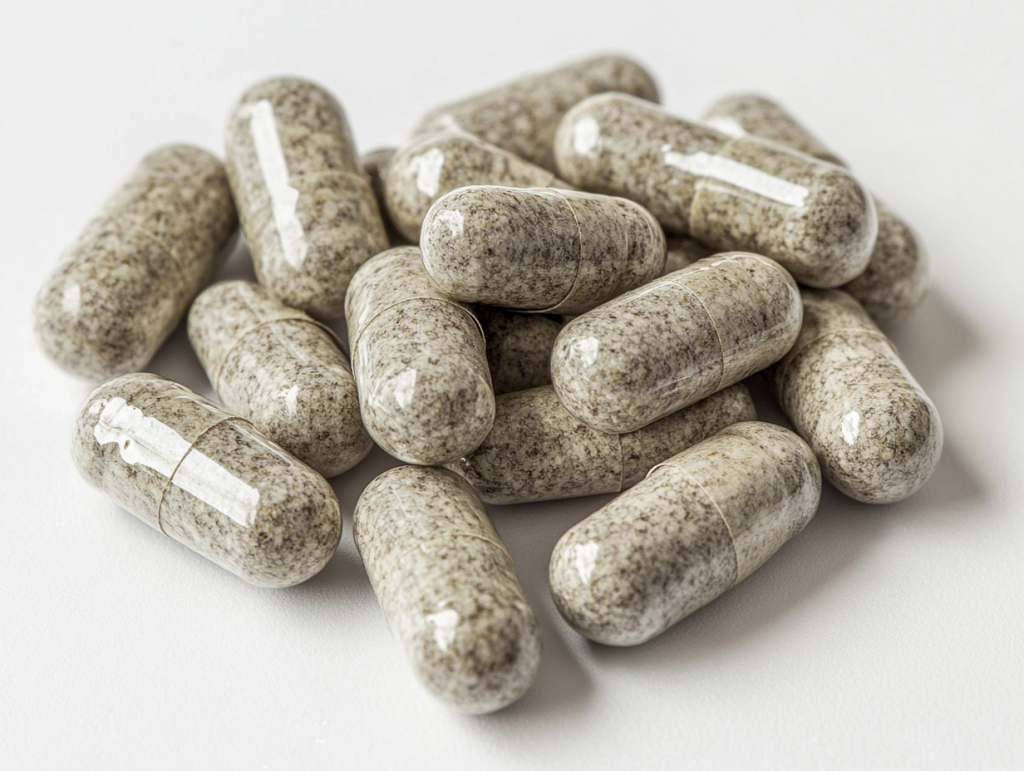California’s Pot Pills: A New Chapter in Legal Weed Evolution

In a fast-changing cannabis industry, California is at the forefront with a new and innovative product —cannabis pills.
This new legalized form of cannabis is gaining popularity as medicinal and recreational consumers alike turn to alternative, discreet, and convenient ways of cannabis consumption.
The concept of the pills is simple but revolutionary: instead of smoking or vaping, individuals can take a pill that contains an exact dose of cannabis.
This technique offers not only accuracy of dose but also a smokeless option that is appealing to health-aware consumers and others who might be deterred by the smell or stigma of the traditional modes of use.
Experts believe that such pills would further make cannabis use mainstream by placing it alongside other everyday health and wellness routines.
They also indicate that cannabis pills can be a major player in driving the market into new segments, including older individuals and others seeking alternative methods of pain management without the side effects of conventional drugs.
Regulatory hurdles are still there, though, while the officials continue to make sure that the new products are safe and of good quality.
The changing legal landscape will dictate the speed and extent of the acceptance of these pills.
Meanwhile, California’s move is a bold step to bring the cannabis industry into the modern era, with the potential to alter consumer trends and behaviors across the country.
Source: Sfgate
How Cannabis Compounds Could Revolutionize Pain Relief

A new research article on Pubmed explains the therapeutic potential of chemicals within cannabis and how they assist in pain relief.
The research explains in straightforward terms how such natural substances interact with the body to inhibit pain messages and soothe inflammation.
Through analyzing the study findings, we can clearly see that cannabinoids can be a game-changer in chronic pain conditions that currently call for potent, man-made drugs with challenging side effects.
Experiments discussed in the study demonstrate that when cannabinoids bind with specific receptors of the body, they help moderate the intensity of pain as well as combat inflammation—a main cause of pain in the majority of diseases.
This is important research as it shows the potential to create treatments that are natural but also effective.
For patients who have struggled for years with such conditions as arthritis or pain from nerves, this could be relief without some of the risks of conventional medications.
Although the study is preliminary research, the results have led the broader medical community to talk about introducing natural remedies into mainstream pain treatment.
The research reiterates that although more research is needed to establish safe dosages and effects in the long term, the results to date are encouraging.
It invites patients and physicians alike to see a future in which pain is relieved by safer, nature-based methods that work in harmony with the body’s natural function.
Source: NCBI
Canada Sees Historic Decline in Alcohol Sales Amid Rising Cannabis Consumption

In the financial year that ended on March 31, 2024, Canada’s adult-use cannabis market expanded robustly, with revenue of $5.2 billion—a significant 11.6% increase from the prior year.
This rise is a demonstration of the increased tolerance and assimilation of cannabis into Canadian society.
One of the main drivers of this growth was the explosive demand for inhaled extracts, such as vape pens and infused pre-rolls, which saw a whopping 31.4% sales growth.
This portion by itself accounted for over two-thirds of total sales growth, marking shifting consumer patterns in the cannabis industry.
The growth in sales revenue in cannabis was even when the average price of recreational cannabis dropped 2.8% during the same time frame.
This price reduction would have further driven consumer adoption and contributed to the overall sales surge.
Per capita, cannabis sales stood at $163 for every adult Canadian.
They differed in various regions, with Yukon being the highest per capita at $356 per capita and Quebec being the lowest per capita at $96.
These differences are likely due to local legislation, local opinion, and the size of retail outlets.
These trends indicate a fundamental shift in the consumption habits of Canadian consumers, with increasingly more individuals turning to cannabis products.
The reasons behind this trend are unknown but potentially linked to changing social attitudes, increased exposure to cannabis products, and further widespread legalizing of cannabis at the national level.
Source: Statcan
How Cannabis is Changing the Game for NCAA Pain Management

Recent research indicates a promising trend in the response of NCAA athletes to pain.
The study shows that cannabis can offer a safer, efficient alternative to traditional pain medication to heal injured athletes.
Given the competitive college athletics environment, student-athletes are susceptible to experience aches and pains brought about by intensive training and competition.
The new study shows that certain chemicals in cannabis can relieve pain and suppress inflammation, which can make drugs less necessary that sometimes cause unpleasant side effects.
The research examines how the natural chemicals modulate the body’s pain pathways, providing relief without some of the risks of opioid medications.
Athletes, coaches, and sports medicine professionals are watching closely since the study has the potential to revolutionize the way sports programs treat pain and recover.
The impact extends beyond individual performance, though, as safer pain control might provide longer careers and better overall health for athletes.
While additional studies must be conducted to assess the entire long-term effects and how they can best be implemented in training protocols, the research has been generating enthusiasm for the use of natural alternatives.
This study not only topples traditional paradigms for pain management but also opens up a larger discussion on policy and regulations in college sports, where cannabis use has been a contentious issue for years.
By providing evidence of positive results, the research study opens the door to future research and, potentially, future NCAA policy shifts, which can alter the way young athletes think about pain and recovery in the future.
Source: MarijaunaMoment
Medical Cannabis Shows Promise in Alleviating Hypermobility-Related Chronic Pain

A recent UK Medical Cannabis Registry report described positive feedback on the application of medical cannabis for the treatment of chronic pain in hypermobility syndromes.
Hypermobility disorders, for example, Ehlers-Danlos syndrome, often result in chronic pain that is unresponsive to treatment with conventional therapy.
The research compared patient self-reported measures among patients given prescription medical cannabis for hypermobility-related chronic pain.
During a specified follow-up time, the volunteers reported significant improvement in pain severity, sleep quality, and general health-related quality of life.
These findings suggest that medical cannabis is an actual alternative for patients who have received no relief from the use of traditional pain management medication.
While the results are encouraging, the study also showed the occurrence of mild to moderate side effects among some of the subjects, including dizziness, dry mouth, and fatigue.
These adverse effects were typically well tolerated and did not lead to treatment discontinuation.
The authors recommended further large-scale, randomized controlled trials to confirm these findings and more solidly determine the long-term safety and effectiveness of medical cannabis in this patient population.
This study is adding to the growing body of evidence supporting the potential future role of cannabis-based medicines in managing chronic pain syndromes, in this case, those associated with hypermobility syndromes.
Source: NCBI


